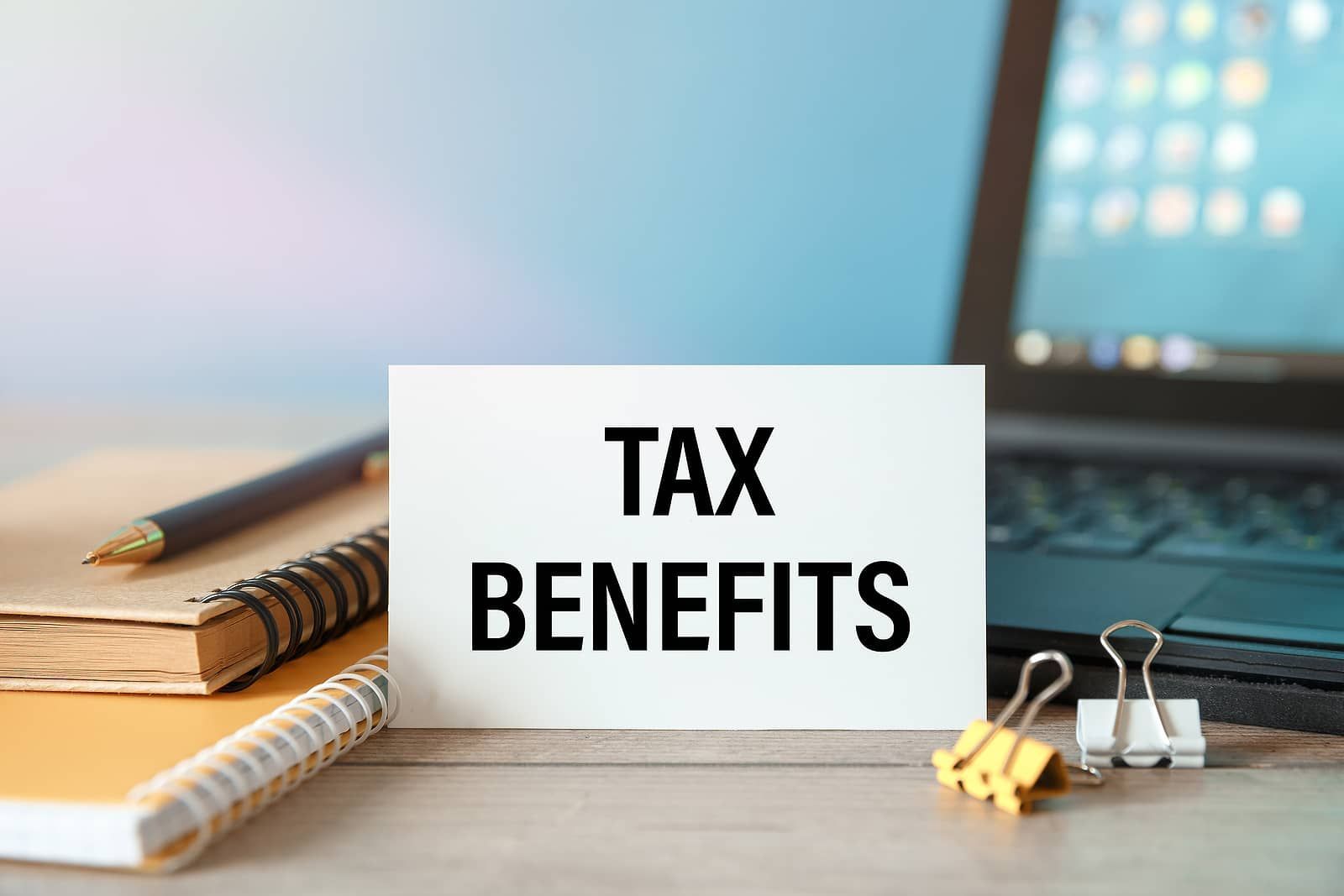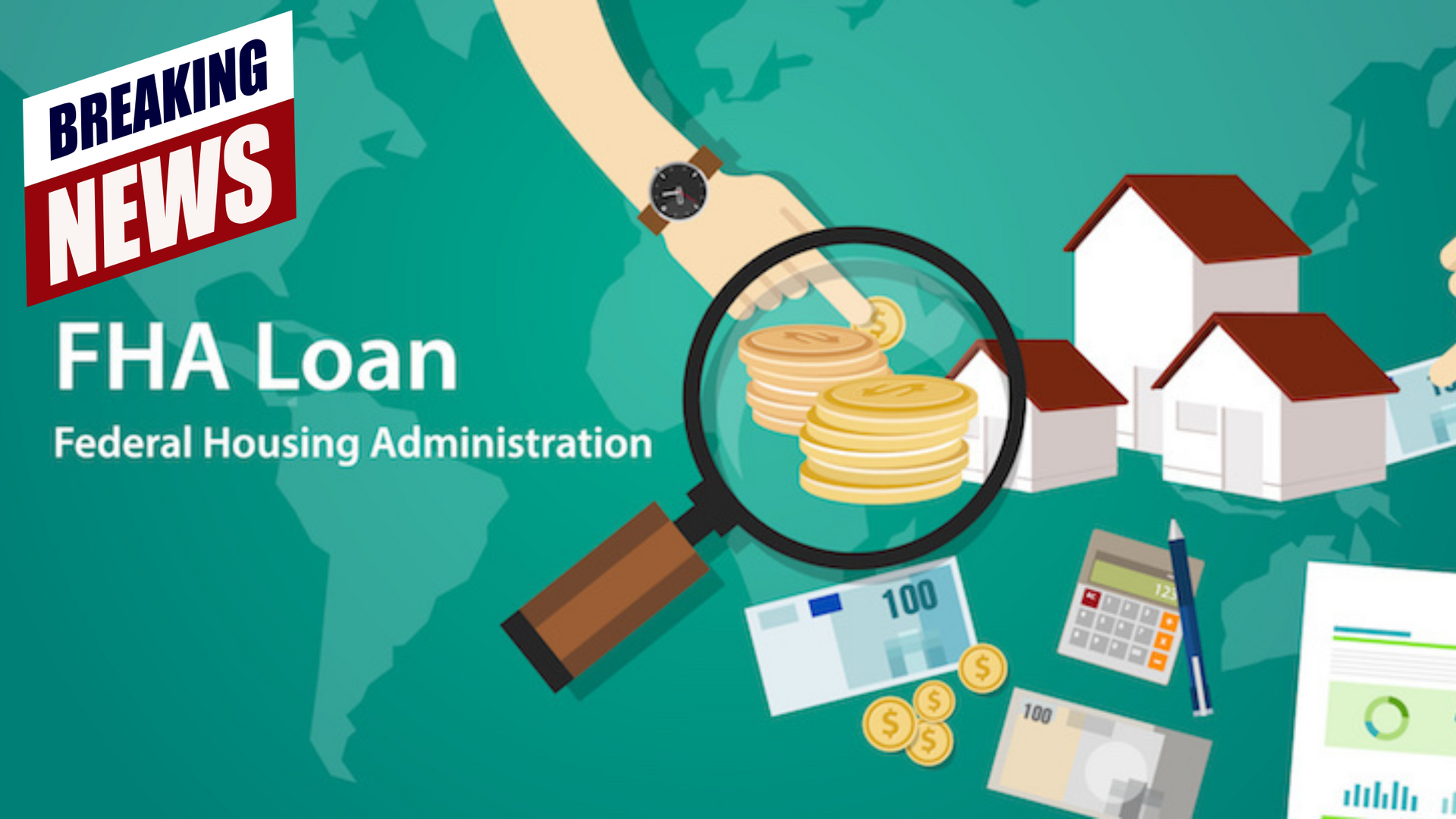Every week we release educational videos related to hot topics in the mortgage industry on YouTube.
Subscribe to our channel to stay in-the-know!
There are some significant differences between pre-approval and pre-qualification on a mortgage that you should know about. Here's a quick guide to help you.
According to the National Association of Realtors, in 2022, the median existing-home price in the United States was $366,900. With such a significant investment, it's essential to have a solid understanding of the mortgage process.
One of the first steps in securing a home loan is to get pre-approval or pre-qualification on a mortgage. These terms are often used interchangeably, but they refer to different stages in the mortgage process.
In this mortgage guide, we'll explore the difference between pre-approval and pre-qualification. We will look at the pre-approval process and the benefits of getting pre-approved for a mortgage. If you're unsure which documents are needed to get pre-approved refer to our downloadable checklist here. If you're ready to apply for a mortgage in Texas click here to learn more!
The pre-qualification process is the first step to getting a mortgage. It involves providing basic information about your financial situation to a lender. They then estimate how much you could potentially qualify for.
To get pre-qualified, you will need to give information about your income, work history for 2 years, debts, and balances of checking, savings, investment and/or retirement accounts. You will be asked what the use of the property will be. The choices are primary, secondary or investment. This article explains thoroughly the difference.
Also knowing what type of home you would prefer, for example, single family, condo or townhouse is important. Condo's and townhouses generally have monthly association fees that could add to your monthly cost. IF you don't know a price range yet, have an idea of your monthly budget constraints for a payment. This will help tremendously.
Based on the information you have provided either verbally or online, the lender will estimate the amount you could be qualified for and provide you with a pre-qualification letter. A pre-qualification could be with or without a credit review, depending what you have authorized. Be sure to check out article about the truth about credit inquiries.
Pre-qualification generally means that no documents have been reviewed to verify your application credentials.
It is important to note that without the full document review, it could lead to some surprises later on in the pre approval process. However it can be useful if you are looking for a generic overview to have an idea of your range without anything official.
If you are looking to make the process more official and accurate, keep reading about the pre-approval part of the process.
Pre-approval is a more profound step in the mortgage process, and will require that you provide documentation of your income, debt, and assets. The lender will also will officially check your credit score and history.
Did you know that in a 30 day period, any mortgage lenders that inquire into your credit only count as one pull for credit scoring purposes? This should help you feel more comfortable about
shopping for lenders.
Once your documents are received, the lender will review thoroughly. You should expect a Q&A period, as it is normal to have questions about the paperwork you have provided. In fact, if no questions are asked, you should worry if your information has been properly reviewed. This could lead to surprises later on, when it might be no turning back in the process, once under contract. So you should welcome questions, and the request for more paperwork. This is a sign of accuracy and thoroughness.
It is normal to expect that the pre-approval process takes 1-4 days, depending on the complexity of questions and the need to verify with guidelines and underwriters. Once all is complete, the loan officer should provide you with a pre-approval letter. This letter is a more concrete offer than a pre-qualification letter. It shows that the lender has agreed to lend you a certain amount of money, pending certain conditions are met. They would put any conditions in the letter provided.
Pre-approval is beneficial because it gives you a more secure and accurate idea of how much you can afford. This will help you focus your home search on properties that fit within your budget.
A pre- approval letter in hand when you are making offers, will definitely express to a seller that you are properly reviewed by a financial institution. In the case of potential multiple offers, it will surely help increase the chances that your offer is accepted.
The key difference between pre-approval and pre-qualification is the level of detail involved in the process.
Pre-qualification is a quick estimate of how much you can borrow based on the information you provide to the lender. It's a useful tool for those who are just starting the home buying process and want to get an idea of their budget.
Pre-approval involves a more detailed analysis of your financial situation. It requires you to submit a mortgage application and provide documentation of your income, debt, and assets. The lender will also check your credit score and history. At Loan With Jen, we have a free pre-approval document checklist available for anyone looking to get pre-approved for a mortgage loan, simply click here and download.
For a comprehensive guide on everything required for mortgage pre-approval In Texas, click here for our guide.
To get pre-approved, you will need to give a mortgage application to the lender. This application will ask for information about your financial situation, including your income, debt, and assets.
Once you have your pre-approval in hand, you will be ready to begin shopping for a home, at your own pace. Just keep in mind, that after 90 days, your credentials will need to be reverified with the lender. The process is simple, and is not much work, since they already have your information on file. Questions will come up!
Here is a helpful video on questions to ask your lender! We wish you the best of luck!
Whether you're a first-time homebuyer or a seasoned purchaser, pre-approval is an essential step in the mortgage process. It can help you be confident of your budget and streamline the home-buying process.
If you're interested in getting pre-qualification or pre-approval for a mortgage, contact a lender like Loan with Jen. She has years of experience in the mortgage industry and can help guide you through the process.
Jen offers a blog and Mortgage Education Library on her YouTube channel Connect with us today!





All Rights Reserved | Jennifer Hughes Hernandez | Senior Loan Officer | NMLS #514497
Full service residential lender with an experienced team offering expert service, reliable communications and on-time closings in the greater Houston area.

Every week we release educational videos related to hot topics in the mortgage industry on YouTube.
Subscribe to our channel to stay in-the-know!
Gardner Financial Services, Ltd., dba Legacy Mutual Mortgage, NMLS #278675, a subsidiary of Texas Partners Bank. 18402 U.S. Highway 281 N, Ste. 258, San Antonio, TX 78259. AZ BK-2001467. Check registration and licensing at nmlsconsumeraccess.org. Legacy Mutual Mortgage is an Equal Housing Lender. This is not a commitment to lend. Material is informational only and should not be construed as investment or mortgage advice. Legacy Mutual Mortgage is not an agency of the federal government. Not all loan products are available in all states. All loans are subject to credit and property approval. Not all applicants qualify. Restriction and conditions may apply. Information and programs current as of date of distribution but may change without notice. [11/2025]